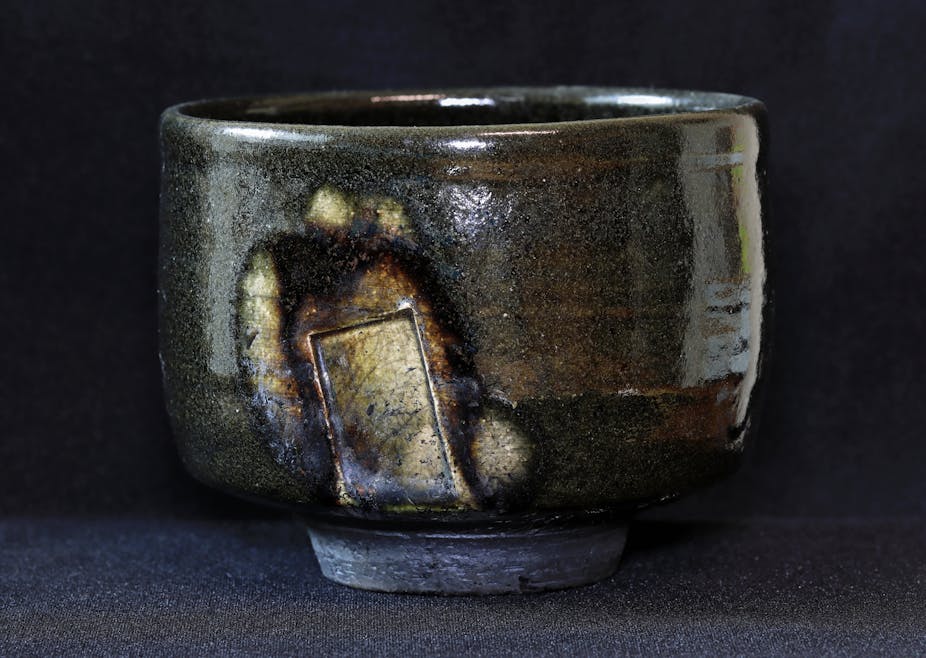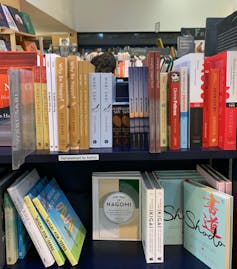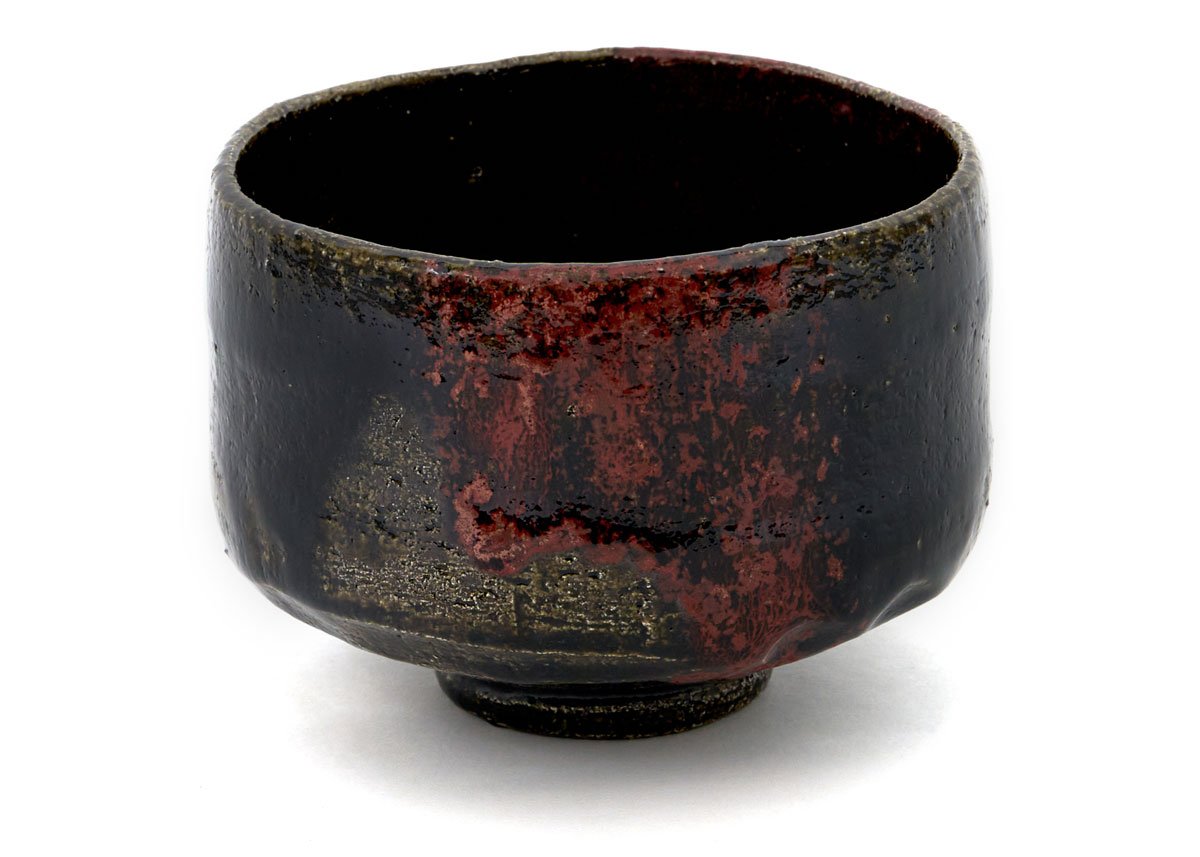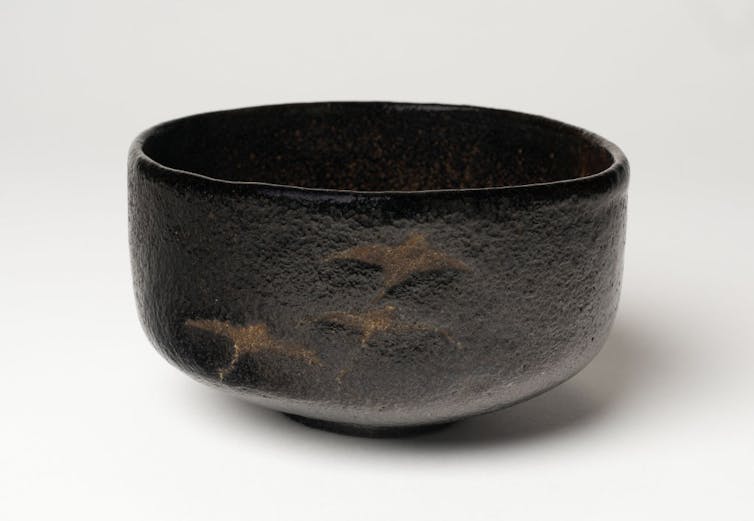Wabi-sabi is a traditional Japanese aesthetic built around the idea of finding beauty in something “perfectly imperfect.” This could be a crack in a plate, a knot in a piece of lumber, or even a distorted shape. It’s about embracing natural flaws and imperfections and seeing the beauty in them.

According to Paul Atkins, a Professor of Japanese at the University of Washington, the term “wabi-sabi” started showing up in the 1980s. This was partly influenced by an essay titled The Beauty of Irregularity, which pushed back against traditional ideas of perfection, like symmetry. Instead, it celebrated imperfection and the idea that nothing lasts forever.

Anne Walther, a writer for LIFESTYLE, traces wabi-sabi back to the story of Sen no Rikyu, one of the greatest and most influential tea masters in Japanese history. The story goes that Rikyu shook a cherry tree, and the sakura flowers fell to the ground. This simple act created a moment of imperfect beauty and became the foundation for the concept of wabi-sabi.

Today, wabi-sabi shows up in art, literature, and nature. You can see it in haikus, those short Japanese poems . It’s also visible in bonsai trees, which often feature moss, deadwood, and an aged, weathered look.

Wabi-sabi is probably best known now as an art form and is a big part of Japanese tea ceremonies, like chanoyu. These ceremonies embrace simplicity and use the handmade, slightly imperfect tea bowls.

Overall, this aesthetic encourages people to slow down and appreciate the world with all it flaws.

All images are from articles
Chat for citations
Chat to make my writing flow and cut out of the choppyness.
Atkins, Paul S., 2024, “What is the Japanese ‘wabi-sabi’ aesthetic actually about? ‘Miserable tea’ and loneliness, for starters,” The Conversation, March 12, https://theconversation.com/what-is-the-japanese-wabi-sabi-aesthetic-actually-about-miserable-tea-and-loneliness-for-starters-220026.
Walther, Anne. “What is Wabi Sabi? The Elusive Beauty of Imperfection.” LIFESTYLE, Japan Objects, https://japanobjects.com/features/wabi-sabi.


6 Comments. Leave new
I love the idea behind this aesthetic of just slowing down and enjoying the beauty that is already there. While I have heard of this style I thought it was something only seen in pottery and it is super cool to see that it encompasses much more than that. I would love to see more examples of how wabi-sabi can be embraced.
Yes it really is cool how it encompasses other genres now!
I really enjoyed learning about this aesthetic and its focus on impermanence and asymmetry as beauty. There is also an underlying theme of sustainability, as not everything that is broken needs to be disposed of – but can instead be recreated and repaired! Somewhere in my house, we have a mug that was broken and repaired through the similar Japanese technique of Kintsugi, and the gold-filled cracks are always a conversation starter. Do you think the rise of technology, like digital fabrication, is impacting the world of wabi sabi? I see a lot of potential in applying this aesthetic towards this class and look forward to seeing your projects!
I am not sure if technology is affecting it truly!
I’ve never heard of the term “wabi- sabi” but I think it’s a really cool concept when learning about it through this post. The idea of imperfection is really beautiful and this aesthetic would be really cool to implement in projects!
Yes it really is cool!